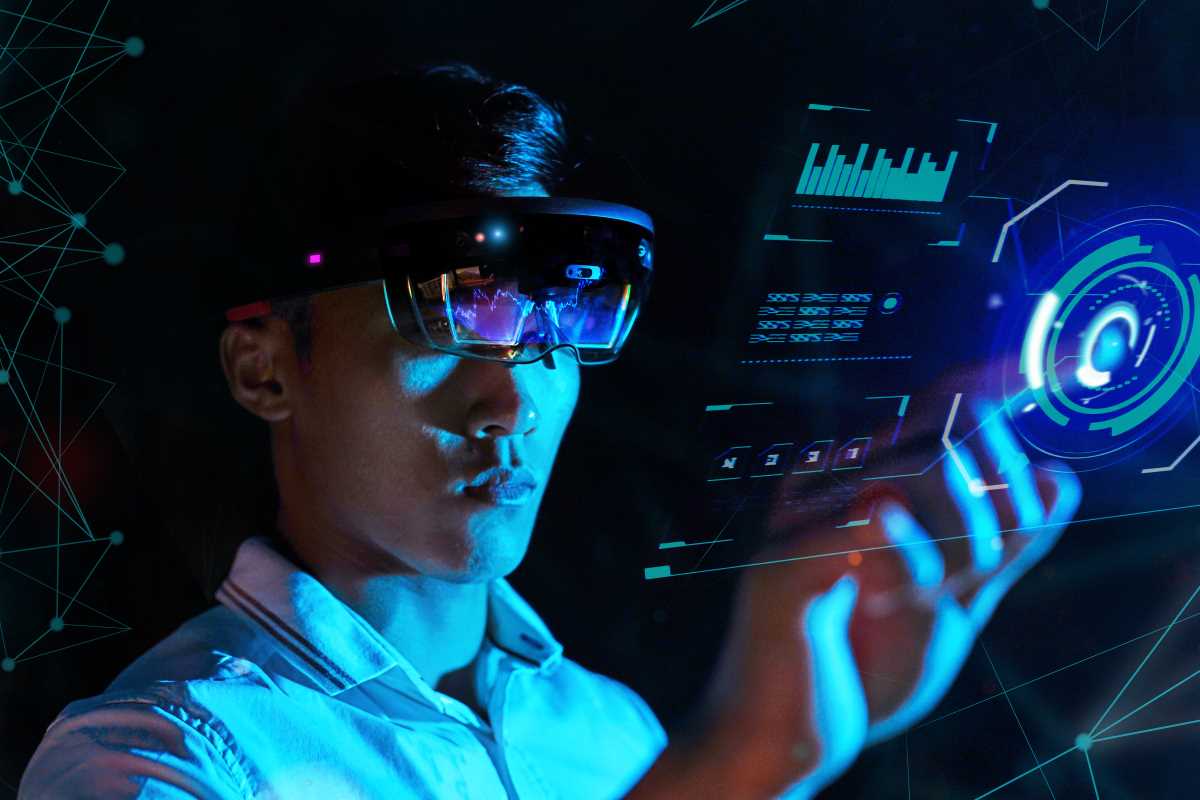Education has always been a vital element of society, shaping future generations by equipping them with the skills and knowledge necessary to thrive. However, traditional education systems, which often employ a one-size-fits-all approach, have faced challenges in addressing the diverse needs of learners. Students possess unique learning styles, abilities, and paces, and the traditional classroom setting does not always account for these differences. This gap has led to disengagement, frustration, and unequal educational outcomes.
Enter adaptive learning systems—an innovative technological solution that is transforming personalized education. These systems harness artificial intelligence (AI) and data-driven insights to tailor educational content to individual students, providing a customized learning experience that adapts to their needs, strengths, and areas for improvement. By offering a dynamic and individualized approach to learning, adaptive learning systems are positioned to be a game-changer in the education landscape. This article explores the concept of adaptive learning, its benefits, and the potential challenges and future implications for personalized education.
What Are Adaptive Learning Systems?
Adaptive learning systems are intelligent platforms that adjust educational material's content, pace, and delivery based on the learner’s progress and performance. These systems use algorithms to analyze data from students' interactions with the platform, such as their responses to questions, time spent on tasks, and areas of difficulty. The system then adapts in real-time to present the most appropriate content for that specific learner, enabling them to master concepts at their own pace.
These systems are typically used in online learning environments, but they are increasingly being integrated into traditional classrooms, blended learning models, and even corporate training programs. Adaptive learning can be applied to various subjects, including mathematics, science, language arts, and even more complex disciplines such as law and medicine.
Key Features of Adaptive Learning Systems
Adaptive learning systems are powered by sophisticated technologies designed to provide each learner a personalized experience. Some of the key features of these systems include:
- Real-Time Data Collection: Adaptive systems continuously monitor a learner’s behavior and performance, collecting data on how well they understand various concepts, which areas they struggle with, and how much time they spend on each task. This data is used to adjust the learning path accordingly.
- Individualized Learning Paths: Adaptive systems create individualized learning paths unlike traditional learning methods that follow a fixed curriculum. These paths are dynamic and evolve based on a student’s needs, presenting the most relevant content and exercises to help them overcome challenges.
- Immediate Feedback: Adaptive learning systems provide instant feedback, which is crucial for reinforcing correct responses and guiding students when they make mistakes. This timely feedback helps students stay on track and adjust their learning approach when necessary.
- Data-Driven Insights: These systems generate valuable insights for both students and educators. Students receive clear information on their progress and areas that need attention, while educators can gain a deeper understanding of their students’ learning patterns and performance, enabling more targeted support.
The Benefits of Adaptive Learning Systems
Adaptive learning systems offer a range of benefits that can enhance the educational experience for both learners and educators. Some of the key advantages include:
- Personalization of Learning: One of the most significant advantages of adaptive learning is the ability to personalize education for each student. In a traditional classroom setting, teachers must create a single lesson plan that aims to meet the needs of an entire class. However, students often have different learning speeds, styles, and abilities, which means that some students may fall behind, while others may become bored or disengaged. Adaptive learning systems resolve this issue by ensuring that each learner receives content that is specifically suited to their needs.
- Pacing: Adaptive systems adjust the pace of learning based on the student’s progress. For example, if a student grasps a concept quickly, the system can accelerate the learning process and introduce more advanced material. Conversely, if a student struggles with a concept, the system can slow down, provide more practice, and offer targeted support until the student masters the material.
- Tailored Content: The system can deliver content in a way that aligns with the student’s preferred learning style, whether visual, auditory, or kinesthetic. By presenting material in the most effective format for each learner, adaptive learning increases engagement and retention.
- Improved Student Engagement and Motivation: Adaptive learning systems offer an interactive and engaging learning experience. By responding to a student’s needs and offering appropriate challenges, these systems help maintain a high level of engagement. When students see that the material is appropriately challenging and that they can make steady progress, they are more likely to stay motivated and invested in their learning journey.
- Gamification Elements: Many adaptive learning systems incorporate gamified features, such as points, badges, and leaderboards, to make learning more enjoyable and rewarding. These elements create a sense of achievement and encourage students to keep progressing.
- Instant Feedback and Reinforcement: Adaptive learning systems offer immediate feedback to help students recognize their strengths and areas for improvement, which can lead to increased self-confidence and a greater sense of accomplishment.
- Addressing Learning Gaps: Adaptive learning can be a powerful tool for addressing learning gaps, particularly for students who may be struggling with certain concepts. By continuously assessing a student’s understanding and identifying areas where they need more practice, adaptive learning systems provide targeted interventions to help fill those gaps.
- Early Identification of Struggles: Adaptive systems can quickly identify when a student is struggling with a particular topic, allowing educators to intervene early and provide additional support before the student falls too far behind.
- Focused Remediation: The system can direct students to practice materials or tutorials designed to help them overcome their difficulties, ensuring they receive the help they need to succeed.
- Scalability and Accessibility: Adaptive learning systems' scalability is another significant benefit. These systems can be deployed to large numbers of students across various geographical locations, making high-quality personalized education accessible to a broader audience.
- Online Learning: Adaptive learning is often integrated into online learning platforms, allowing students to access educational content from anywhere in the world, as long as they have an internet connection.
- Cost-Effectiveness: Adaptive systems can be more affordable than traditional education methods, particularly regarding resource allocation and teacher involvement, making them an attractive option for educational institutions facing budget constraints.
Challenges and Considerations
While adaptive learning systems offer numerous benefits, several challenges and considerations must also be addressed for them to be fully effective.
- Data Privacy and Security: Since adaptive learning systems rely on collecting and analyzing large amounts of student data, there are significant concerns about privacy and security. Protecting sensitive student information from breaches and ensuring compliance with regulations such as the Family Educational Rights and Privacy Act (FERPA) is critical.
- Technology and Infrastructure Limitations: Adaptive learning systems require reliable technology and infrastructure to be successful. Students must have access to devices and a stable internet connection to participate in online adaptive learning programs. Without access to these resources, some students may be excluded from benefiting from personalized education.
- Teacher Training and Integration: Teachers need adequate training to ensure that adaptive learning systems are integrated effectively into the classroom. Educators must understand how to use the technology, interpret the data provided by the system, and incorporate it into their teaching strategies. Without proper training, the potential of adaptive learning may not be fully realized.
The Future of Adaptive Learning Systems
The future of adaptive learning systems looks promising, with continued advancements in AI, machine learning, and data analytics driving the evolution of personalized education. As the technology continues to improve, adaptive learning systems will become even more sophisticated, providing increasingly tailored learning experiences that can meet the unique needs of every student. Key developments to look out for include:
- AI-Powered Personalization: As AI continues to evolve, adaptive systems will be able to provide even more accurate and precise personalization, adjusting not only to individual progress but also to deeper aspects of learning preferences and cognitive processes.
- Integration with Hybrid and Blended Learning: Adaptive learning will become an integral part of hybrid and blended learning models, where students can access personalized content both online and in the classroom.
- Global Accessibility: As adaptive learning systems become more affordable and widespread, they will play a key role in closing the education gap worldwide, making personalized learning accessible to students in both developed and developing regions.
 (Image via
(Image via





